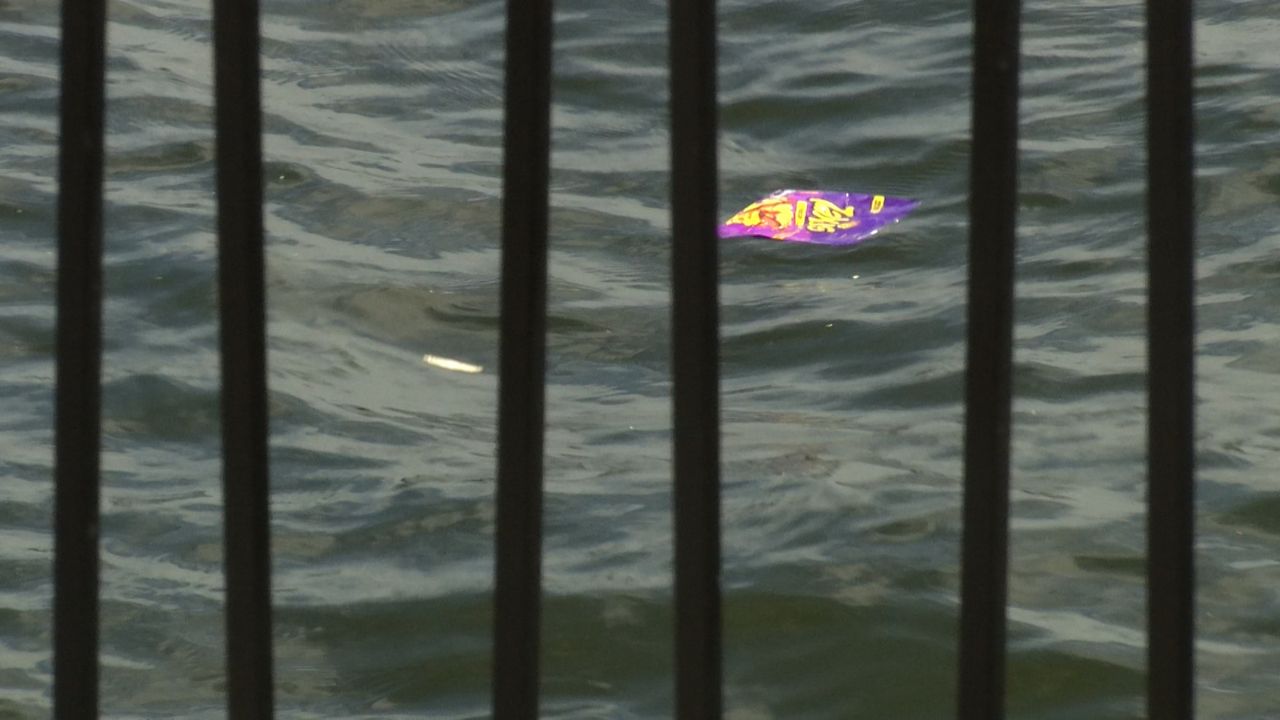MILWAUKEE — As communities around our state deal with per-and polyfluoroalkyl substances (PFAS) contamination, researchers at the University of Wisconsin — Milwaukee are working on a more effective way to track it.
Yin Wang's lab at UWM develops materials to capture chemicals and pollutants. Recently his work is exploring methods to capture a harmful manmade set of chemicals known as PFAS.
“We are working on the development of this new passive sampling technology for PFAS capture,” Wang said, who is a professor in the Department of Civil and Environmental Engineering.
Passive sampling for PFAS is different than what is typically done now — testing now includes gathering water and checking for the PFAS present at that time.
This passive test would stay in water and monitor PFAS concentrations over time, capturing spikes in the chemical.
“We would be able to capture that spike, so we that as a major advantage of this passive sampling technology,” Wang said.

PFAS is common in things like firefighting foam, food packaging and nonstick materials. It doesn't break down in our environment and can cause harmful health impacts like some cancers if consumed over time.
“This is becoming a very challenging issue and we will need to figure out a way to tackle this challenge,” said Xiaoli Ma, another UWM researcher working on the project.
Ma's developing a membrane that can control how much water flows through to the PFAS capturing material. Ideally it will be helpful for a test left in a stream, municipal water source, or any other suspected contamination site.
“This technology will help us better understand the contamination event of PFAS in the environment and help us accurately capture the whole picture of PFAS contamination in different water environments,” Ma said.

They hope the technology will develop a standard for monitoring for PFAS from environmental agencies, water utilities and consulting firms.
“So we can also help the stakeholders or the agencies to develop more cost effective and more efficient sampling practices for different sites contaminated with PFAS,” Wang said.
The team hopes by the end of the year they'll have a prototype.
“Eventually I think our hope is let's say in five years, we want to see this type of product available on the market,” Ma said.

Efforts to research, monitor and prevent PFAS contaminations have been picking up worldwide in recent years as the chemical often shows up in groundwater, surface water and wastewater.
“This passive sampler is going to play a vital role in basically tackling this global challenge, not just in the U.S.” Ma said.
Government agencies like the U.S. Department of Defense have invested in this work. The researchers are excited about the potential to protect people from drinking contaminated water in the future.
“Hopefully with the development, employment of our technology we can make our environment a little bit better,” Wang said.
All by changing the way communities monitor for the contaminants in the first place.










